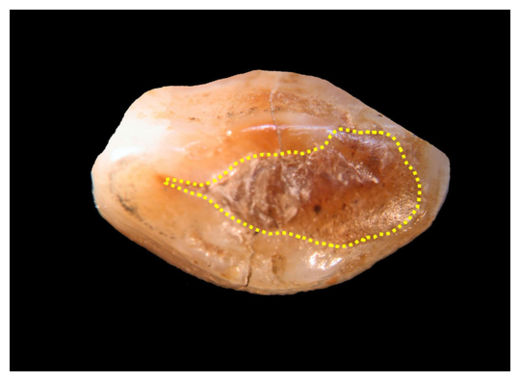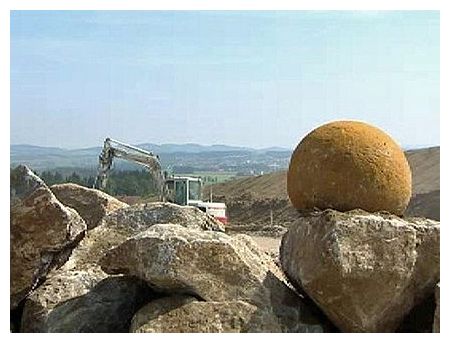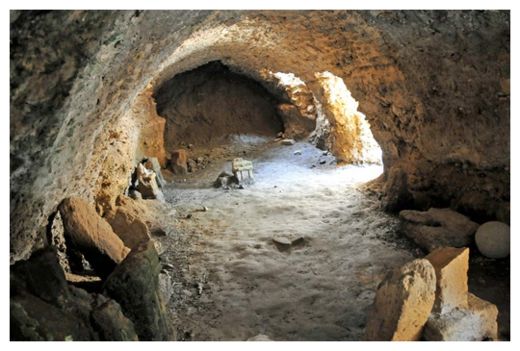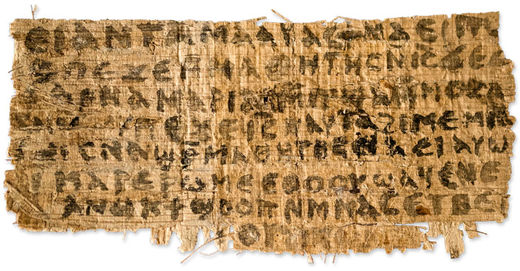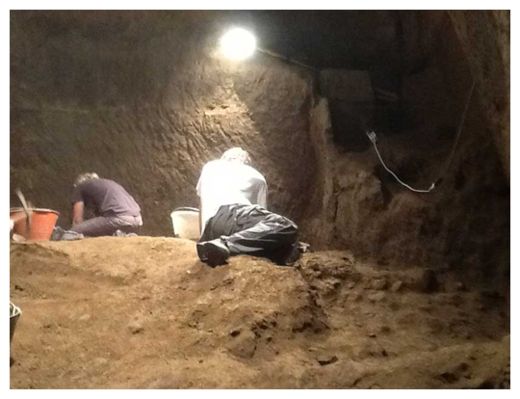
National Museum official Eusebio Dizon said the village on Mount Kamhantik, near Mulanay town in Quezon province, could be at least 1,000 years old based on U.S. carbon dating tests done on a human tooth found in one of 15 limestone graves he and other archaeologists have dug out since last year.
The discovery of the rectangular tombs, which were carved into limestone outcrops jutting from the forest ground, is important because it is the first indication that Filipinos at that time practiced a more advanced burial ritual than previously thought and that they used metal tools to carve the coffins.
Past archaeological discoveries have shown Filipinos of that era used wooden coffins in the country's mountainous north and earthen coffins and jars elsewhere, according to Dizon, who has done extensive archaeological work and studies in the Philippines and 27 other countries over the past 35 years.

